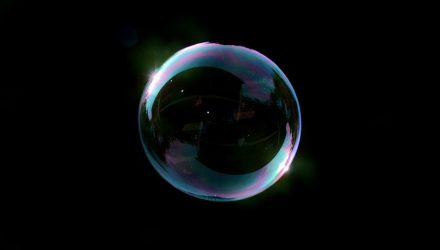When we developed the first RAAI index back in 2013, we faced that challenge head on. Since the beginning, we’ve relied on the strength of our research and advisory team—a growing panel of many of the world’s top industry innovators, academics, and entrepreneurs who specialize in robotics and AI. Their knowledge, insights, and guidance help us better understand which technologies and applications are poised for growth, which are likely to falter, and why.
Rather than relying only on the largest-cap players, the ROBO Global Robotics & Automation Index uses a modified equal-weighted strategy to ensure diversification across the entire value chain, across geographies, and across a variety of business models. From equipment makers to software and services providers, these companies specifically help in weaker market regimes. This approach also offers greater exposure to small-cap and mid-cap companies that, in many cases, are not well covered by Wall Street. The index is also designed to include companies in every area of RAAI. From IOT, to smart homes, to Industry 4.0, and covering growing sectors such as logistics automation, healthcare, food and agriculture, security and surveillance, 3D printing, and more.
A stock ‘bubble’ is often defined as investing in hot stocks that, ultimately, fail to deliver returns over the long term. As a whole, robotics, automation, and AI offer solid, tangible technologies and applications that are already driving growth and disrupting the norm. Earnings are steady and growing. Demand is increasing at a rapid pace. Even in a downturn, RAAI should weather the storm well and continue to outpace global indices for years to come.
